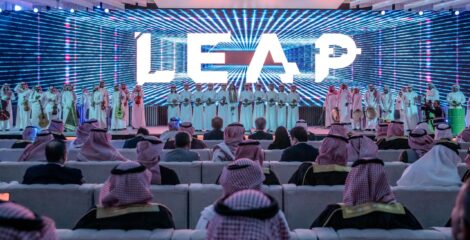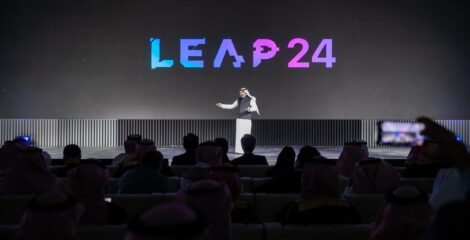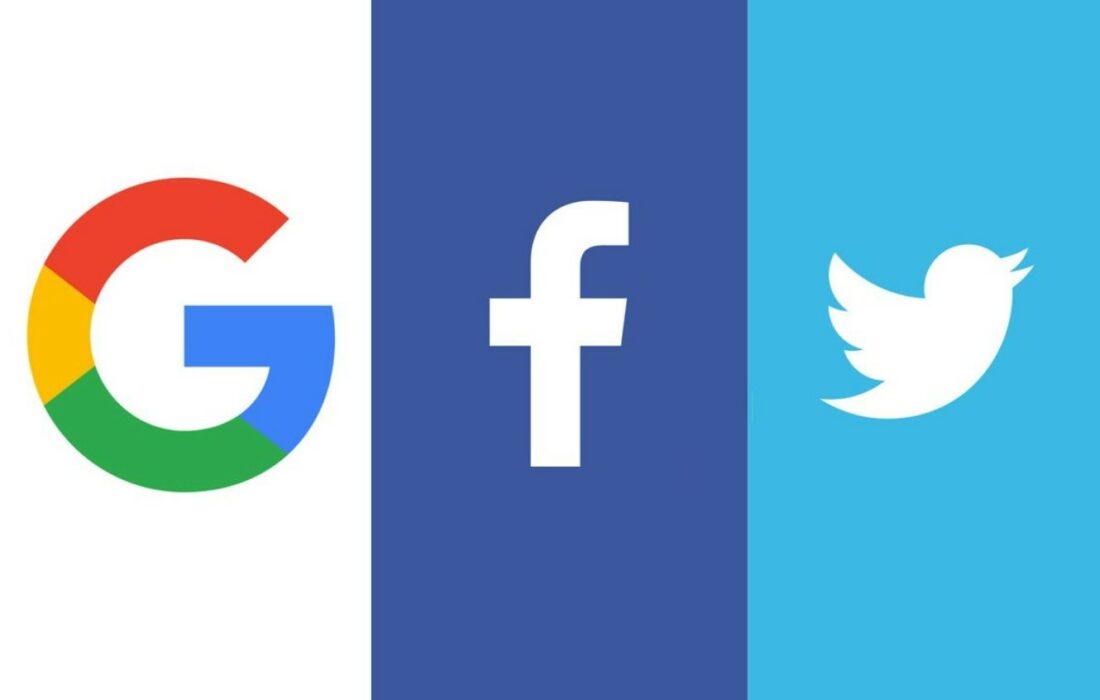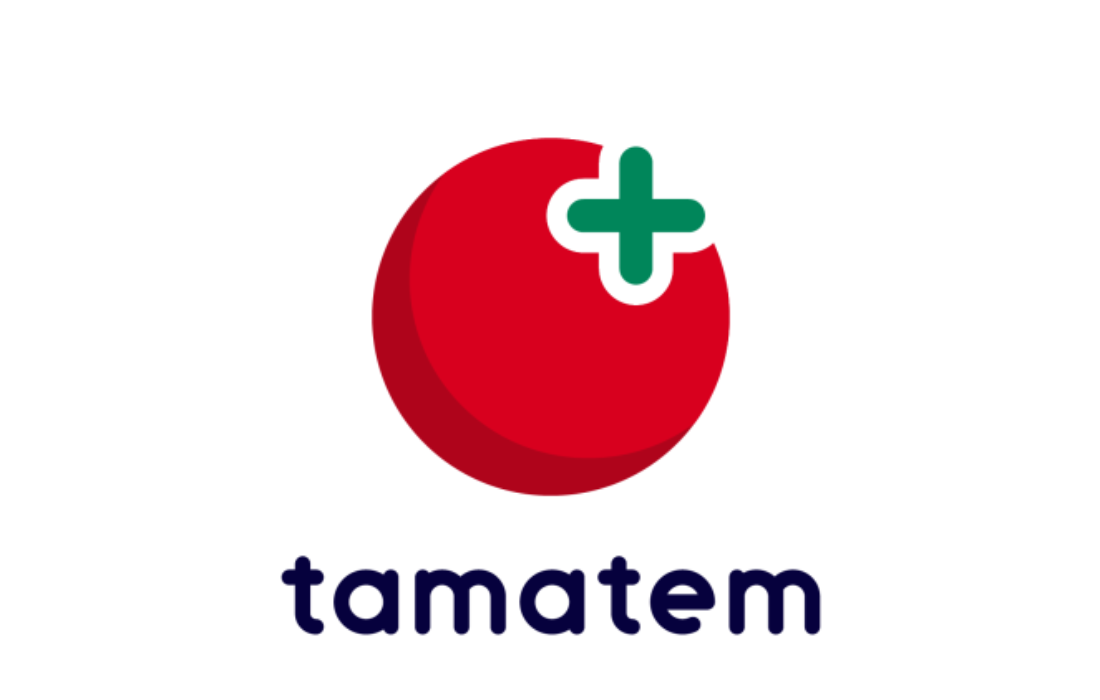Artists have been expanding works of art using OpenAI’s Dall-E, an AI tool that is primarily used to generate images from descriptive text. By using the machine learning model, artists are imagining what artworks would look like if they were larger or zoomed out.
“It’s like your phone keyboard trying to guess what the next word you would like to input and suggests it,” Denis Shiryaev, a YouTuber and CEO of the AI company neural.love, commented. “The same idea works with the image ‘prompt’—AI tries to finalize the image based on the source pixels provided, and the text prompt helps to manipulate that generating process.”
Shiryaev says his art experiment began during the initial rollout of DALL-E 2 when he tried to recreate the unfinished painting of George Washington that famously sits on the dollar bill. With help from a Telegram user who has access to the closed test build of DALL-E, Shiryaev then began feeding the model “masks” derived from famous works of art—which tell the algorithm which areas of the image to expand—along with tightly-worded text prompts.
The result is an expanded version of the classic painting. DALL-E has also been used to completely reimagine classic paintings by having the model reproduce them in different styles.
This is not the first machine learning experiment when it comes to works of art. Last year, Amsterdam’s Rijksmuseum used AI to digitally restore a Rembrandt painting that was trimmed in 1715 to fit inside a doorway.
“From the perspective of art, those results do not give us much, I believe,” said Shiryaev. “But for me personally, it was an enjoyable journey to experience the same familiar art, but from unexpected angles.”
If you see something out of place or would like to contribute to this story, check out our Ethics and Policy section.














